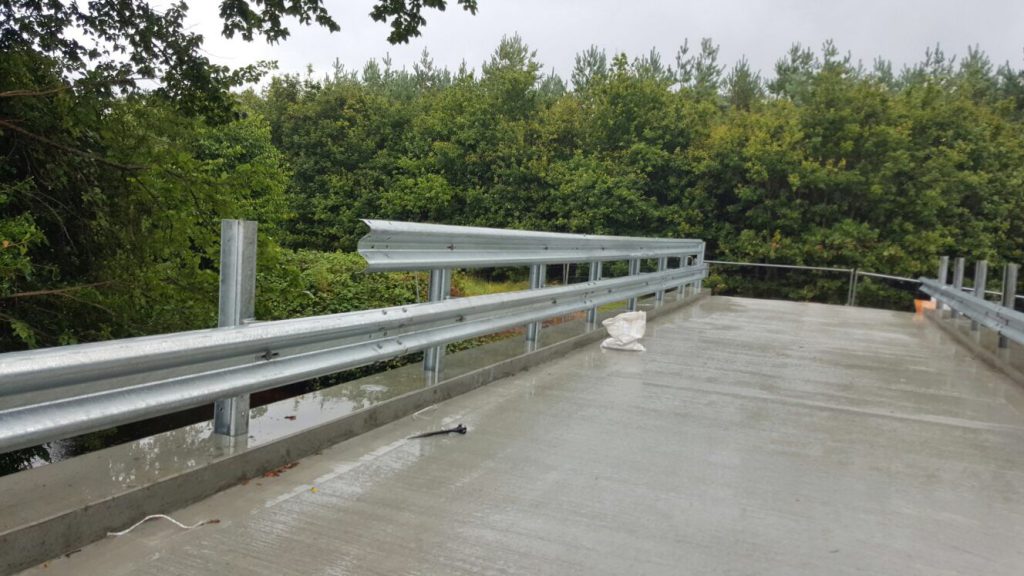Veon, the Irish company which manages over 40,000ac of forestry, is encouraging farmers to maximise the value of their forests by re-assessing the harvesting method used.
Recently, Veon hosted an extremely well-attended field day with the Society of Irish Foresters on a harvesting site near Clonaslee, Co. Offaly.
The event showcased integrated harvesting – a technique that maximises output when felling or thinning a crop of trees.
The showcase focused on harvesting a Sitka Spruce / Japanese Larch mix, Norway Spruce and Oak / Scot’s Pine trees planted in 1998.
Integrated harvesting
The main focus on the day was integrated harvesting – a process where pallet wood, pulp-wood (stem wood) and fuel-wood are produced.
In integrated harvesting, the harvester processes pallet wood. The remainder, including stem wood which would normally be categorised as pulp-wood, is also processed into variable lengths of fuel-wood.
Tops and branches are set to the side in separate bunches, where they are left to dry within the plot, and a forwarder removes the small saw-log and fuel-wood to the roadside.
The small saw-log is removed shortly after harvesting to a sawmill, while the fuel-wood is left to dry at the roadside until the moisture content reduces to around 45%.
This will take about six-to-nine months depending on the site and time of year. It is then chipped and taken to a bio-energy facility.
Once needles are cast from the tops and branches (minimising nutrient loss), this material is forwarded to the roadside and chipped.
This harvesting method has been shown to significantly increase the total biomass recovered from plantations.
A solution for many forestry owners
Daragh Little, Managing Director of Forestry at Veon, said that while integrated harvesting can provide a solution for many forests, there will be considerable variation from site-to-site.
Veon has been working on a Decision Support Tool to help foresters predict the amount of extra material that can be extracted and whether it is a viable option.
Within the woodland chosen by Veon for the demonstration, integrated harvesting was prescribed in the Sitka Spruce / Japanese larch mix (SS/JL) and Norway spruce (NS) plots.
The site has good access after the construction of a long-span bridge and a harvesting road in 2016, and markets are also readily accessible.
The site, although marginal in terms of soil type and bearing capacity, was flat and was deemed to be able to carry the forwarder traffic.
In the case of the SS/JL plot, it was prescribed due to the poorly-formed crop. This was especially the case as JL was suppressing SS.
In the case of the NS, thinning was on time. But, typical to Norway, the variability in tree size meant that the value of the timber sale would be low.
Results
While the operation was still ongoing, Veon was able to estimate the amount of material that was being removed at approximately 90m³/ha.
This is substantially above traditional harvesting where 50m³/ha could be expected. This will result in a significantly-increased income for the forest owner when the work is completed.
Ongoing work
Tom O’Dwyer, Regional Manager at Veon, said that while integrated harvesting has many positives there are issues that foresters and forest owners need to bear in mind.
The length of time for the operation can be up to six-to-nine months longer than traditional harvesting, with consequent increased costs and security to contend with.
Traditionally, timber has been sold in tonnes over weighbridges. This is not appropriate when selling fuel-wood.
In order to provide transparency and increase trust, foresters need to move towards selling fuel-wood in gigajoules – based upon moisture content and calorific value of the material they are selling.
This is very important when one considers that most of the increase in timber mobilisation in the coming decade will be in bio-energy.
A new language needs to be learned by foresters to protect their clients’ interests.
Bridge and road construction
The day also focused on bridge and road construction – two vital pieces of infrastructure for reaching the crop.
Access to this property was significantly challenging due to the presence of the River Barrow and its status as a Special Area of Conservation (SAC).
Before this bridge was constructed, access was by way of a fjord. However, to facilitate timber extraction, it was necessary to construct a bridge.
The bridge went through the normal planning process with significant input from the National Parks and Wildlife Service and the Local Fisheries board. A road was then laid out in 2016 and grant aid was applied for under the Forest Service Road scheme.
All Veon foresters are PSCS-certified to aid and facilitate their clients when there is a requirement for forest road and bridge construction on forestry sites. For more information on the services provided by Veon – Click Here




